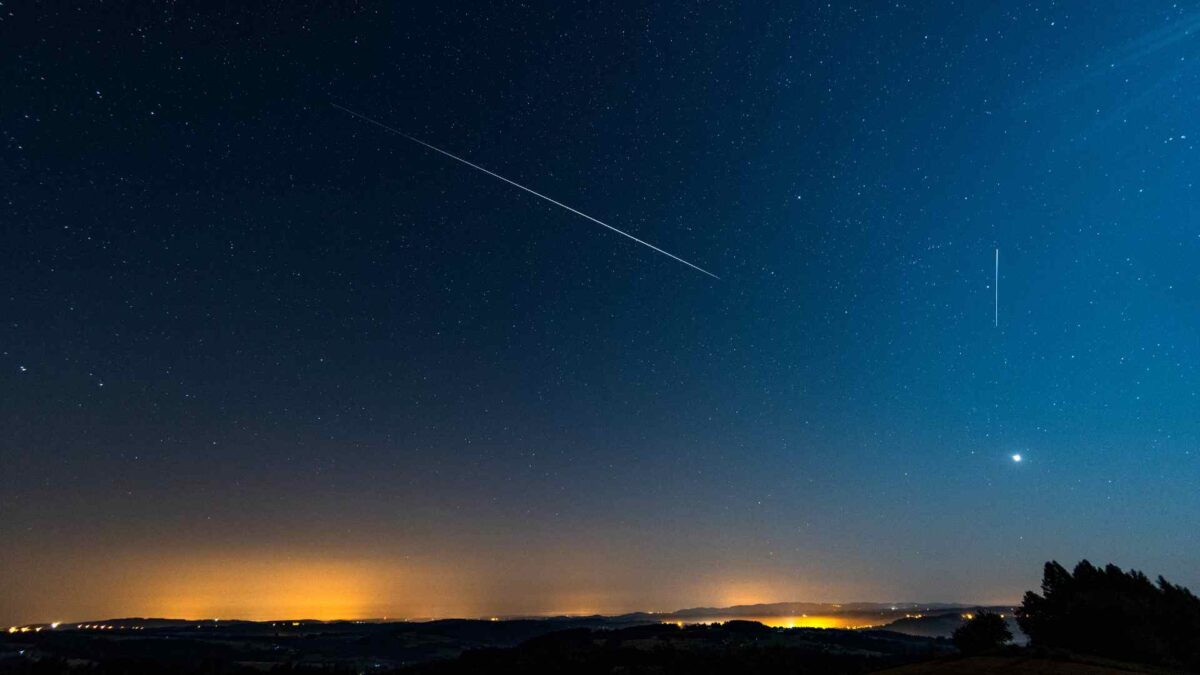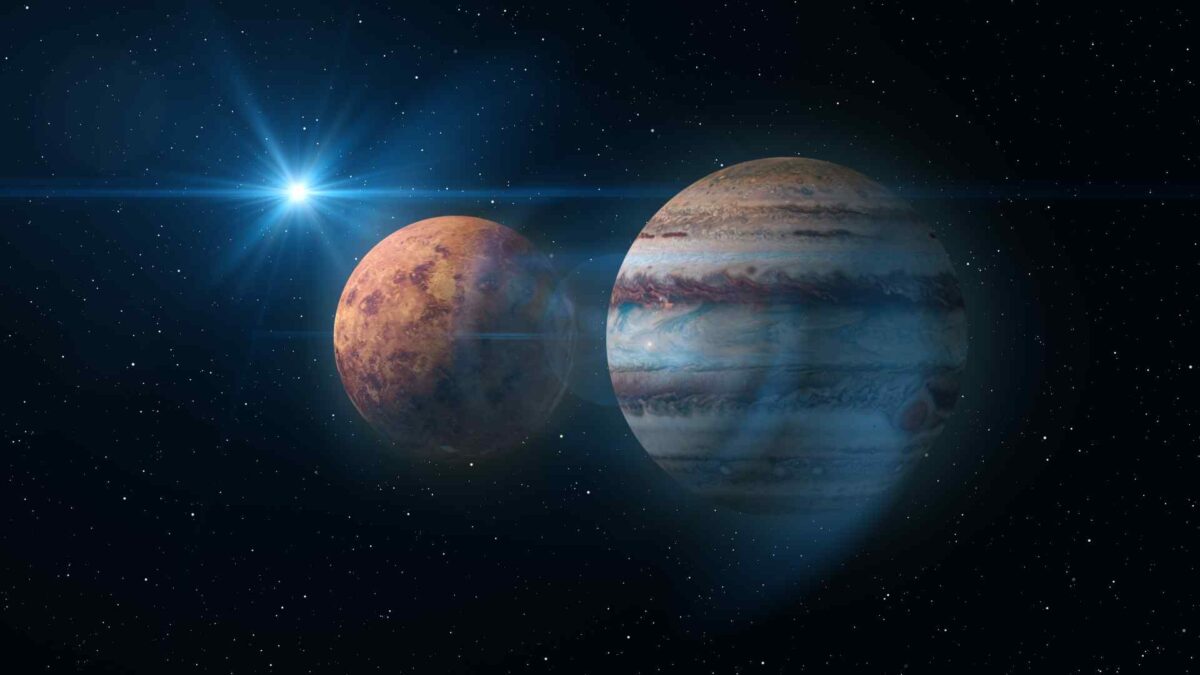
Irish Skies Set for Perseids and Planetary Conjunction

The Perseid meteor shower is set to peak over Ireland on Tuesday night, offering skywatchers a spectacular natural show.
The annual event is one of the most popular meteor showers and can produce up to 100 meteors per hour under ideal conditions.
The Perseids are caused by debris from Comet 109P/Swift-Tuttle entering the Earth’s atmosphere at high speeds, creating bright streaks and occasional fireballs in the night sky.
This year, the shower is active until August 24th, with the highest activity expected on Tuesday night into Wednesday morning.
Observers in Ireland should look for the best viewing conditions between midnight and 5:30 a.m. when the radiant point in the constellation Perseus is high in the sky. However, the nearly full moon this year may reduce visibility by brightening the night sky and washing out fainter meteors. Because of this, the nights following the peak could offer better chances to see more meteors as the moon’s brightness diminishes.
For the best experience, it is recommended to find a dark location away from city lights and allow your eyes time to adjust to the darkness. Meteors can appear anywhere in the sky, though they seem to radiate from the Perseus constellation.
Sunday morning Perseids and the byproduct of 573 images x 20 sec. Peak is in a few days, fighting the moon, but it is low on the horizon this time of year, so it is possible. @Eweather13 @NikonUSA @apod pic.twitter.com/ezVStrPIZJ
— Michael Beck (@29_Beckster) August 10, 2025
Venus and Jupiter Converge Over Ireland
Meanwhile, early risers across Ireland can look forward to a spectacular planetary conjunction on the mornings tomorrow and Tuesday mornings, when Venus and Jupiter will appear very close together in the eastern sky before sunrise.
The two brightest planets will be separated by just about one degree, roughly the width of a fingertip held at arm’s length. Venus will shine more brightly and sit just below Jupiter, with both rising around 4:30 a.m. and visible until about 5:30 a.m., weather permitting.

No telescope is needed to enjoy the view, though binoculars can enhance the experience.
Although they appear near each other from Earth, the planets remain millions of kilometres apart, with Venus about 100 million kilometres away and Jupiter over 700 million kilometres distant.
Ireland’s Best Vantage Points
Some of the best Night Sky watching locations in Ireland include:
Mayo Dark Sky Park – Recently named International Dark Sky Place of the Year.
Cloonduff Dark Sky Park, County Wicklow – Ireland’s first designated Dark Sky Park, offering very dark skies and stunning views.
Wicklow Mountains National Park – Large areas with minimal light pollution, great for observing stars and meteor showers.
Cuilcagh Lakelands Geopark, Counties Fermanagh and Cavan – Known for its remote, dark skies and scenic landscapes.
Kerry International Dark Sky Reserve, County Kerry – One of the largest dark sky reserves in Europe, with excellent conditions for astronomy.
Slieve League Cliffs, County Donegal – Remote and rugged coastline with very little light pollution.
Mount Brandon, County Kerry – High altitude and remote location provide clear night skies.
Galway’s Connemara National Park – Away from city lights, it offers good conditions for stargazing.
The Burren, County Clare – A rocky landscape with relatively low light pollution.
More space news here.
Share this WeathÉire story:







